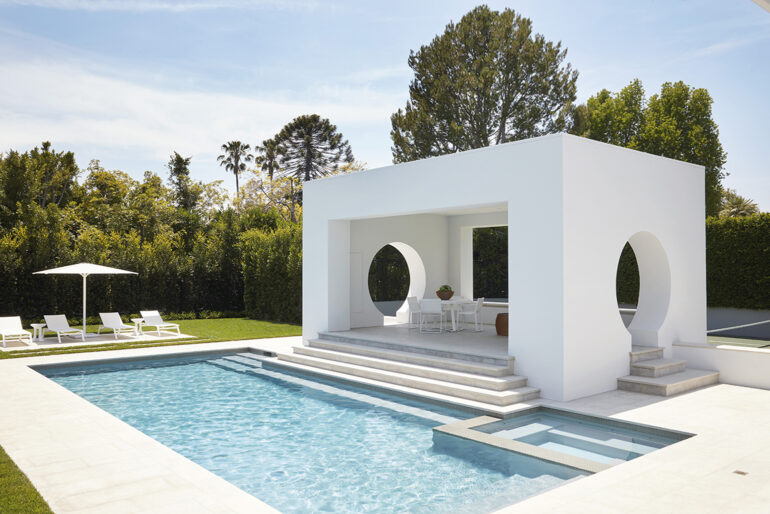“The Art of Living Outdoors,” a SPACES live virtual event, brought together three experts on design and gardening to discuss how Covid-19 has changed outdoor living. Jesse Harrison, principal of the international design firm Harrison Design ; Heather Sandy Hebert, brand consultant and author of At Home in the Wine Country; and Ben Lenhardt, author of Gardens of North Shore of Chicago and chairman emeritus of the Garden Conservancy share their insights on what the future of design looks like when it comes to outdoor spaces.
Watch the full video of the event here and read on for their top tips:
Here are a few of tips our panelists shared in response to audience questions:
Fireplace or fire pit?
It’s personal preference, Harrison says, but typically people choose a fire pit when there’s a view that they don’t want obstructed. A fire pit is also typically further away from a house. “A fire pit can also double as a piece of furniture,” he says. “With a nice, wide surround, people can sit around the edge, food and drink can served around the edge.” A fireplace, on the other hand, “is a visual focal point. There’s usually a hearth, a mantle or perhaps a TV above it.”
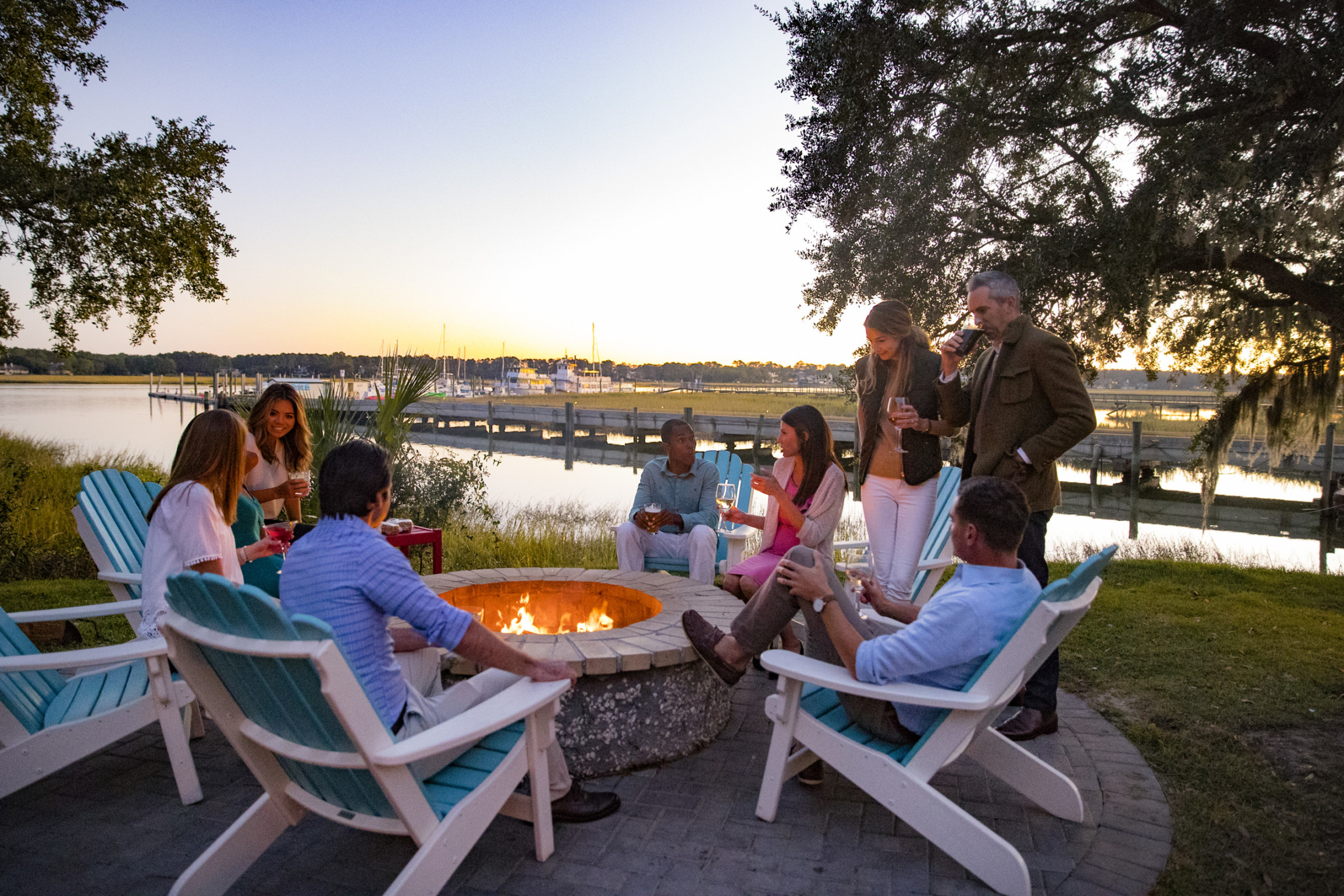
What’s the best way to mitigate extreme heat?
Harrison says he’s seeing a lot of fabric shades that can be motorized or manually pulled. The benefit to fabric, he says, is that it diffuses light beautifully while keeping the heat out. Other options to consider are solar shades, outdoor draperies, umbrellas and plantings to create shade, he says.
Misters are rare (and not very practical) in residential settings, but he has seen them in desert areas such as Palm Springs and Palm Desert. In a swimming pool, a popular option is a baja shelf, a shallow side of a pool where chairs and umbrellas can be placed, so people can sit and be partially submerged.
Lenhardt added that, when it comes to gardening, pergolas are a beautiful way to incorporate plants—sometimes in a very unusual way, as in this pergola of pollarded plane trees in Lake Bluff, Illinois.
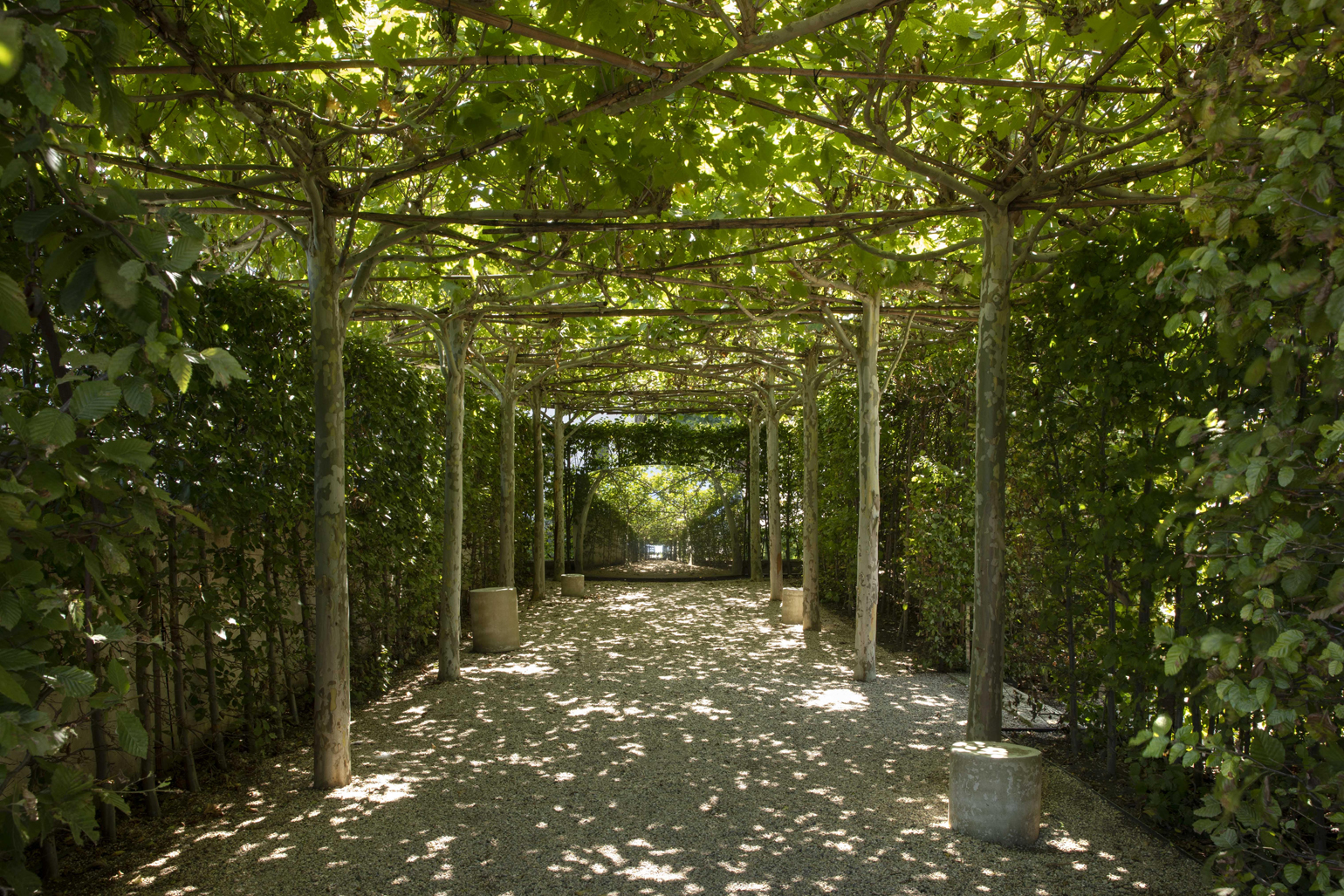
How should one go about integrating outdoor spaces with existing indoor spaces?
Hebert says that a great option for seamlessly connecting indoor and outdoor spaces is folding doors, sometimes called “Nana” doors, which essentially allow you to open an entire wall up to the outside. These doors are hugely popular in wine country, and she expects they will only become more popular in the future. Harrison adds that these doors sometimes pocket, so they become invisible when they’re open, and can work in any climate.
He adds that outdoors spaces are now being treated as an extension of indoor spaces, and this effect is achieved through every aspect of the decor: furniture styles, colors, art, fabrics.
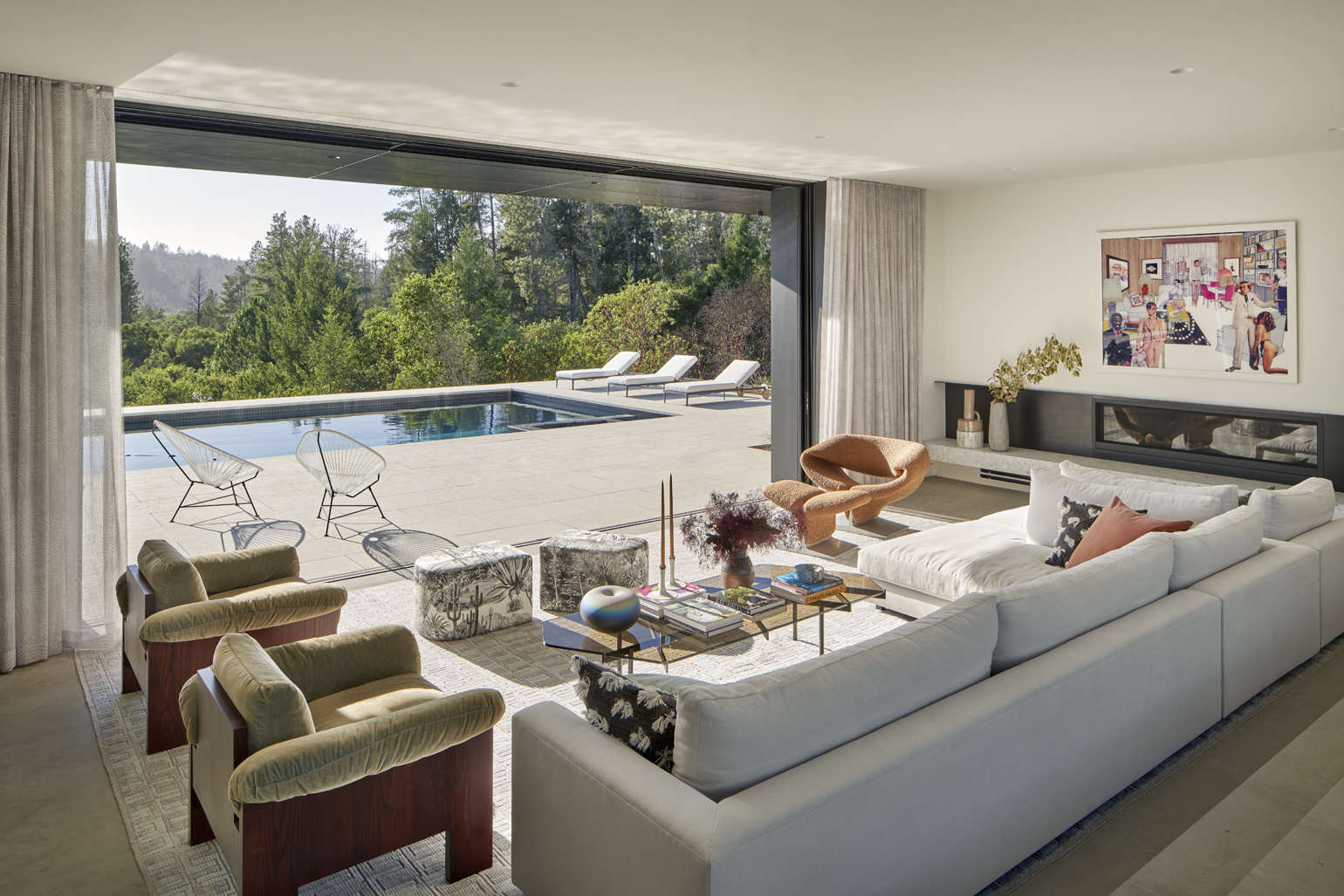
How does one go about protecting outdoor spaces from high winds?
When it comes to wing, Harrison says its best to consider where the wind is coming from before building a structure. Wind screens, he observes, aren’t very effective.
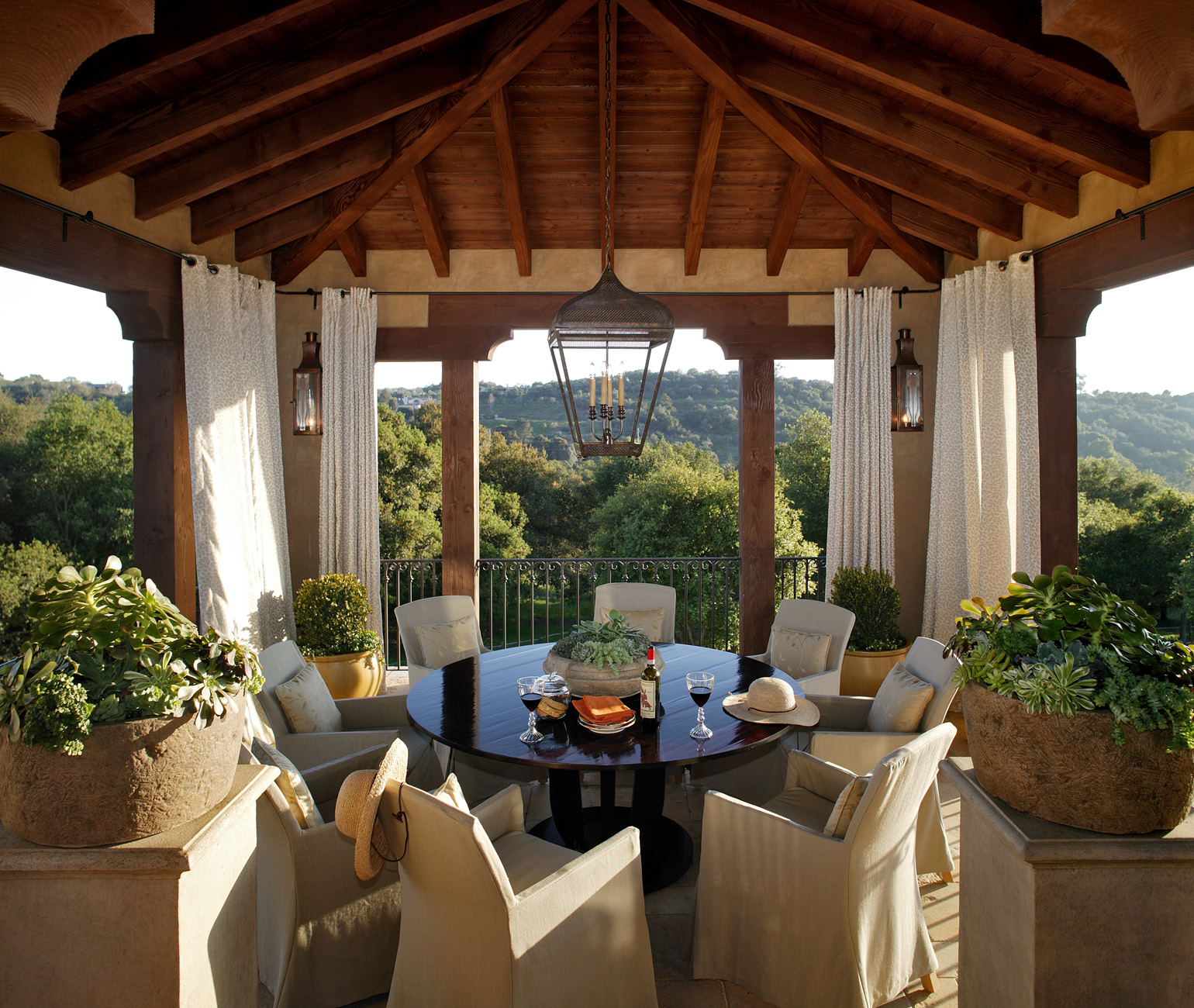
Explore the Expo Booth from the live event by clicking here.
This article originally appeared on spacesmag.com.
How to Help:
For design lovers who want to give back, consider attending the San Francisco Decorator Showcase, virtually, on May 22. Since 1977, the showcase has raised over $17 million to benefit the San Francisco University High School financial aid program. This event continues to allow hundreds of deserving Bay Area students access to a world-class college preparatory education.
More from Better:
- Take It Outside: These New Furniture Pieces Effortlessly Work Both Indoors and Outdoors
- Perfect Summer Wingmen: 8 Great Dishes to Bring to the Next Backyard BBQ
- Napa and Sonoma Are Open Again: The Top New Destinations for Tastings, Dining and Wellness

Liz Logan is the editor-in-chief of SPACES. Her writing about art, design and lifestyle, has appeared in numerous publications, including The New York Times, The Wall Street Journal, O, The Oprah Magazine and Martha Stewart Living. She’s a passionate supporter of several youth arts programs across the country.
